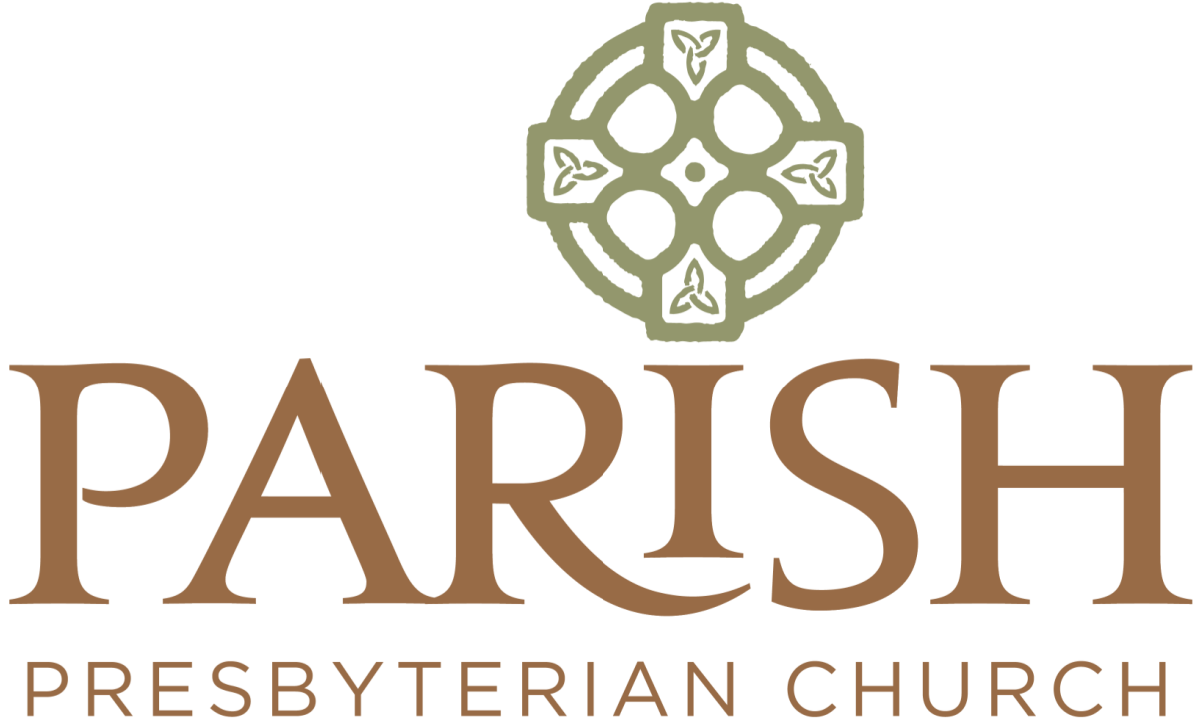Unaccompanied singing in worship may be slightly unusual to us in our contemporary context—in this part of the country, that practice is mostly associated with the Churches of Christ and the Restoration movement. But you may not know that singing with voices alone was a widespread practice in the church for much of its history—from the chant melodies that filled medieval cathedrals to the Scottish protestants of the 16th and 17th century who brought their voices and their psalters to the new world. Even the term we use for this style, a cappella, is borrowed from an Italian phrase literally meaning “of the chapel,” because this was the predominant practice for sacred music in Italian churches. As we prepare to move to our new building up on the hill, let’s take a moment to thank the Lord for providing us with our current space. While it has many limitations and oddities, it has proved to be a particularly excellent space for congregational singing. Because of its hard surfaces and low ceilings, the room resonates beautifully when we join our voices together—so much so, that over the last 13 years, we’ve made it a practice to sing single verses of well-known hymns a cappella on occasion. This morning, we’re going to do this over the whole service. Let’s use our praises to give thanks to God for His provision, by filling this little space with the sounds it supports best—simple, unadorned voices. —Henry C. Haffner
Posted by Henry Haffner
Categories: Worship Notes

